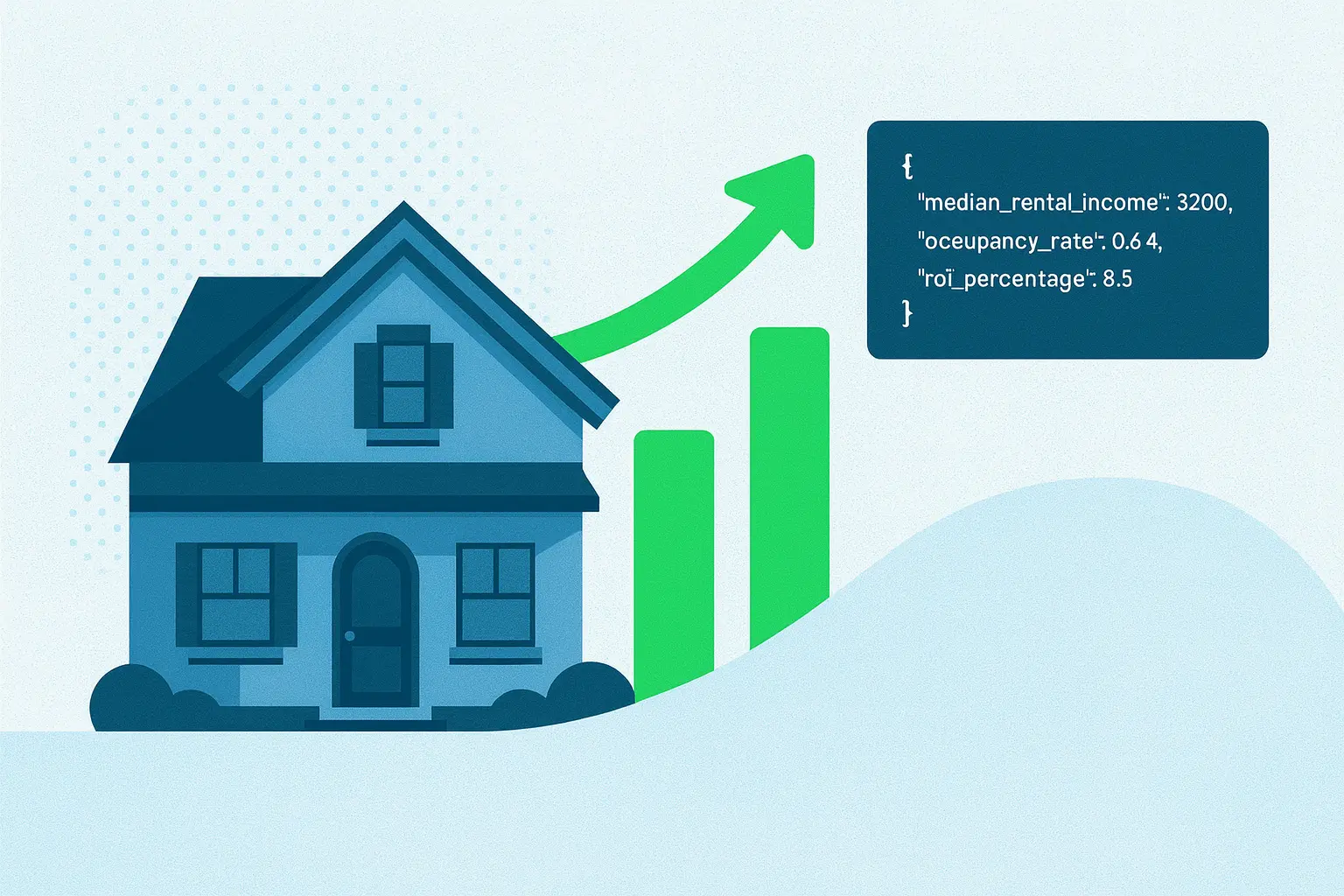Low borrower satisfaction carries significant business consequences for mortgage servicers. Dissatisfied or confused borrowers are more likely to complain to regulators, generate costly call center volume and lengthen loss-mitigation processes. J.D. Power’s 2025 U.S. Mortgage Servicer Satisfaction Study reveals a widening gap in borrower satisfaction between origination and servicing experiences. While borrowers are happier than ever with originators, they are less satisfied than ever with servicers. According to the study, the widening gap “increasingly comes down to effective communication.”
Most originators have invested in modern borrower experiences, providing seamless, digital-first origination and onboarding processes. Servicers, always conscious of the bottom line, have not invested in the same way. For a borrower, the servicing experience can feel like they’ve stepped back in time. The communications they receive—letters, statements, disclosures—are highly regulated, thus, long, complex and generic, delivered by mail or as static PDFs inside digital portals. This stark contrast undermines trust from day one, reflected in the fact that only about one-third of borrowers rate their servicers’ communications favorably.
To meaningfully improve the borrower experience, servicers must prioritize modernizing their communications and the technology that supports them. To reduce costs, boost efficiency and deliver personalized, digital-first experiences borrowers expect, consider these key areas:
- Accelerate change cycles with business user control
When borrowers need help, they want answers fast—particularly during times of stress and hardship. If they are left waiting too long, trust erodes and the relationship can be damaged irreparably. Similarly, regulators demand fast turnaround on changes.
The reality is that long communication creation and change cycles severely limit servicers’ responsiveness. Business teams may have a draft ready in days only to wait weeks, sometimes months, for IT or print vendors to code changes into a legacy system.
Allowing business teams to control the process end to end themselves enables non-technical users to create, update and implement changes without relying on IT’s timelines. This can result in change cycles accelerating from four to six weeks to as little as one day.
- Eliminate channel silos with a centralized hub
According to J.D. Power, borrowers expect flexibility in how they interact and easy access to information. Supporting a wide range of communication channels and letting borrowers choose which they prefer is the most straightforward way mortgage servicers can deliver this.
Most servicers don’t, because managing their current fragmented ecosystem is already complex. Print, email, SMS and app/portal content often live in separate systems that are managed by different teams or outsourced to third-party providers. This forces maintenance of large amounts of duplicate content and inconsistency. Because adding new channels compounds this complexity, digital transformation has been slow to take hold.
Mortgage servicers leveraging a centralized content hub, where all print and digital communications are managed in one place, can eliminate these challenges. Within these platforms, content isn’t tied to channel-specific templates, so it can be reused across channels while being controlled from a single point of change. This means the same content can support traditional composed formats like print and email, as well as dynamic digital experiences such as portals, mobile apps or chatbots.
This approach not only improves efficiency and reduces cost—it gives servicers the agility to meet borrowers’ preferred channel today and quickly adapt as expectations evolve.
- Use AI to accelerate plain language and translation
Most servicers send communications packed with mortgage terminology and legalese that confuse many borrowers, particularly those with limited English proficiency. When borrowers can’t understand what they’re reading, they’re far more likely to ignore the message, take the wrong action or call their servicer in frustration—all of which drives up servicing costs.
There are many tactics for making communications clearer: writing to accepted readability standards, adopting plain-language principles or translation into preferred languages. Because most servicers lack the resources to do this in-house—and outsourcing is expensive—it’s rarely done.
AI can now automate much of this work. It can analyze a servicer’s communications library, flag content likely to cause confusion and provide rewritten alternatives optimized for readability or plain language. AI-based translation tools are now fully capable of accurately translating complex, regulated content at scale. AI can also perform accuracy checks to validate that meaning and structure are consistent across all language versions.
Critical to leveraging AI, however, is ensuring it is integrated with your communications management systems. This eliminates the need to reapply formatting, accommodate variable data in the content and reimplement content after optimization, significantly streamlining the process. This strategy enables communications to be optimized or translated and ready to go in seconds.
Modernizing the borrower experience doesn’t have to add cost or complexity. By empowering business users to manage communications in a centralized content hub and using AI to make them clearer and more accessible, servicers can reduce the cost to serve while strengthening borrower relationships.
Patrick Kehoe is Executive Vice President of Product Management at Messagepoint.
This column does not necessarily reflect the opinion of HousingWire’s editorial department and its owners. To contact the editor responsible for this piece: [email protected].



















 English (US) ·
English (US) ·